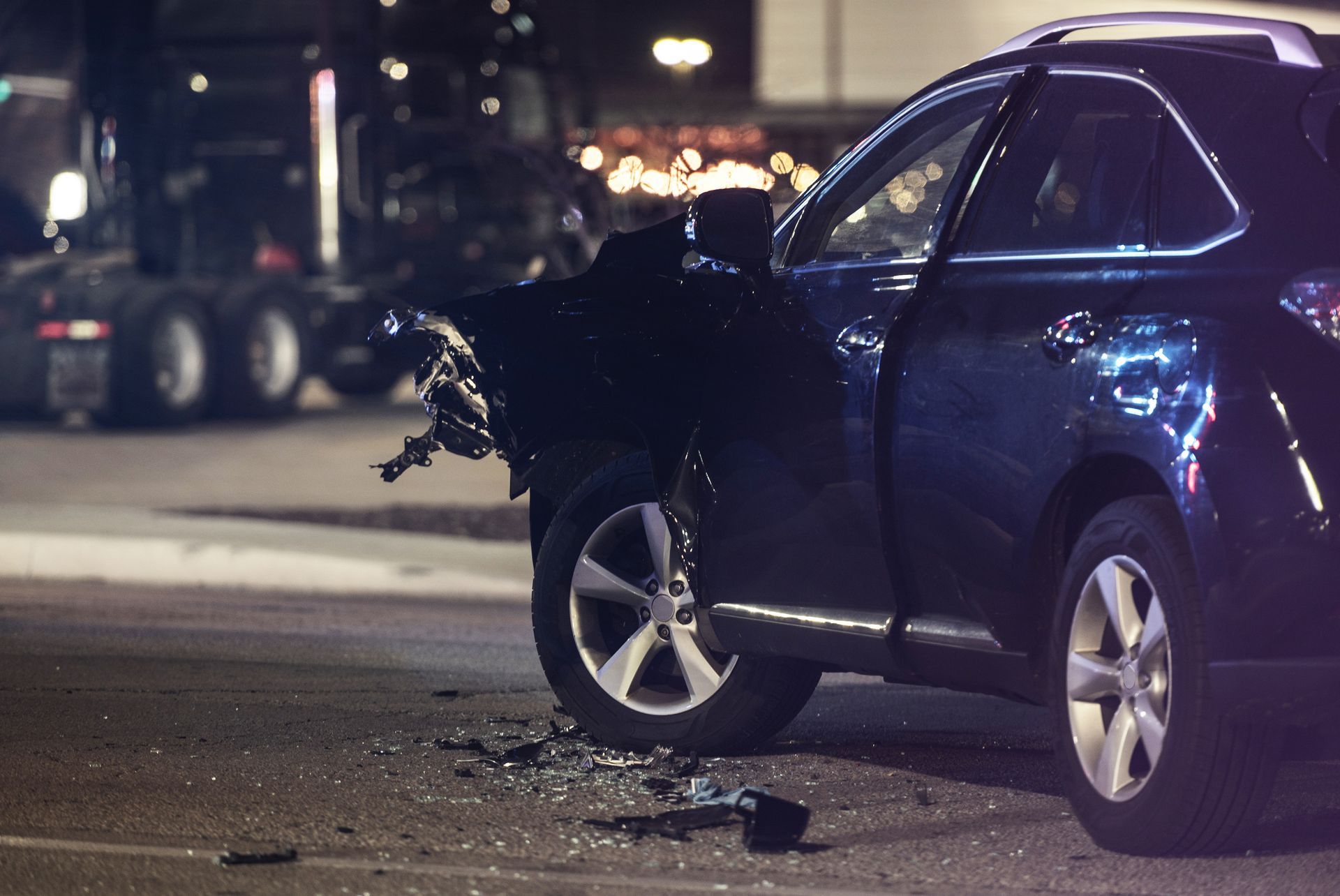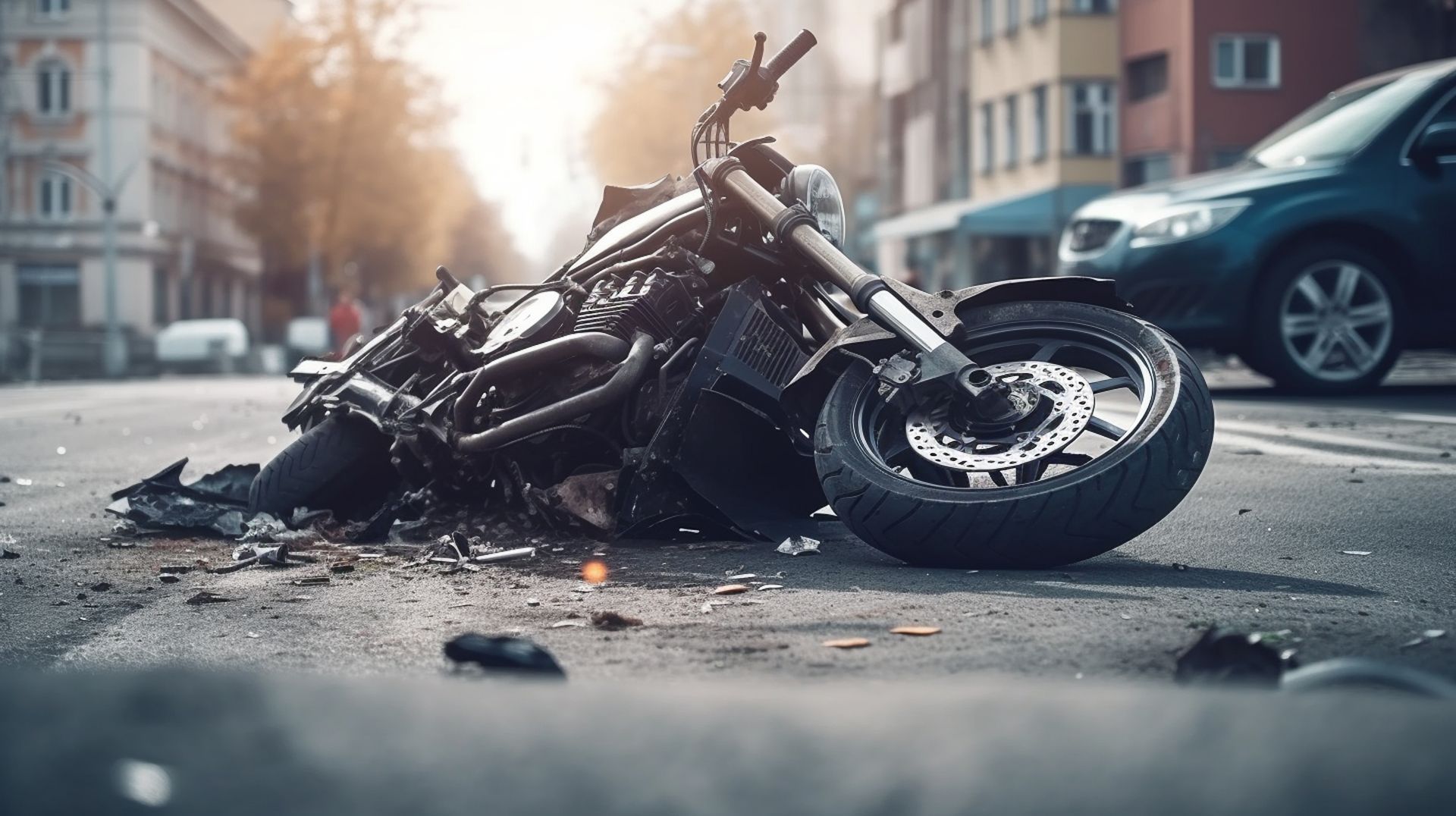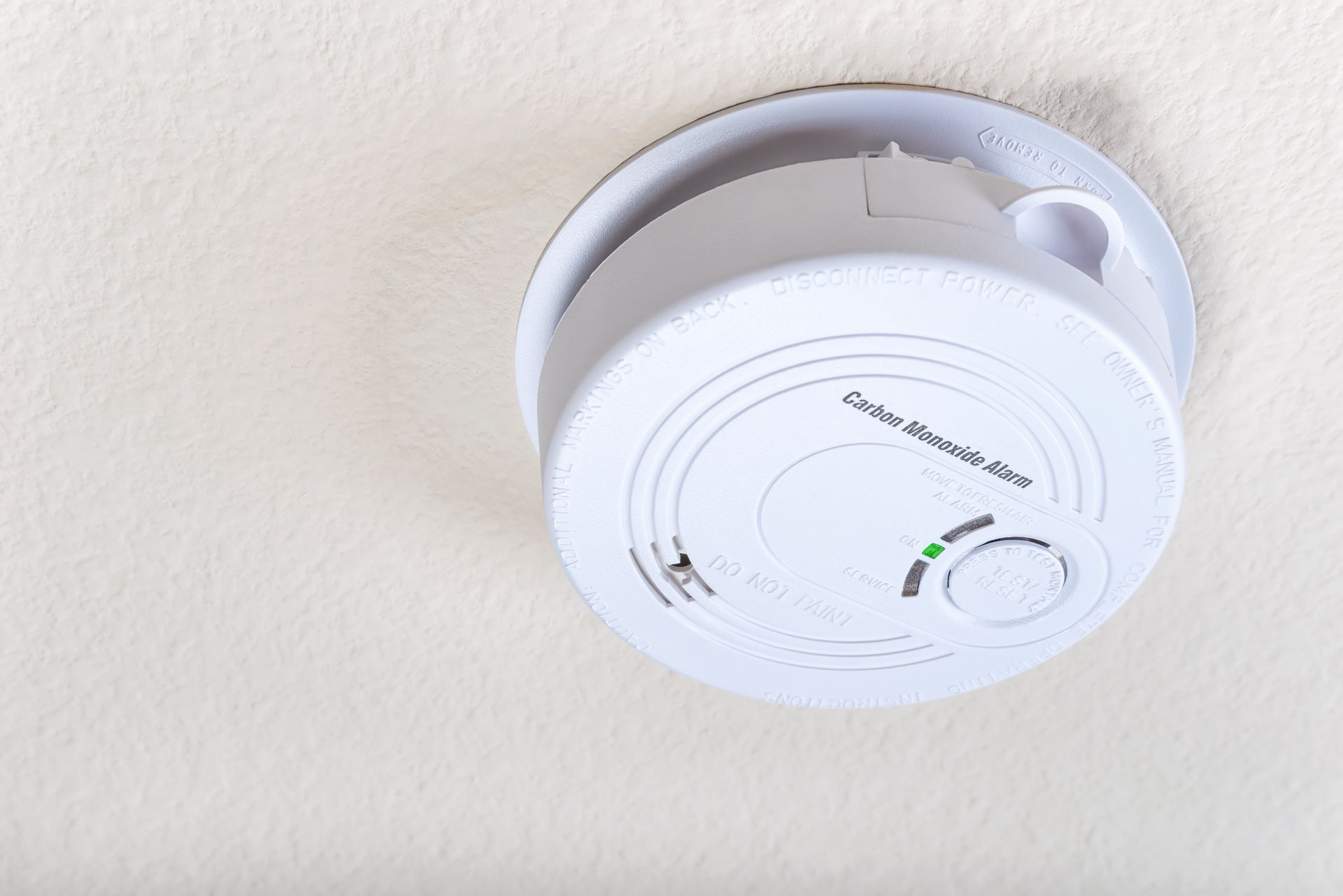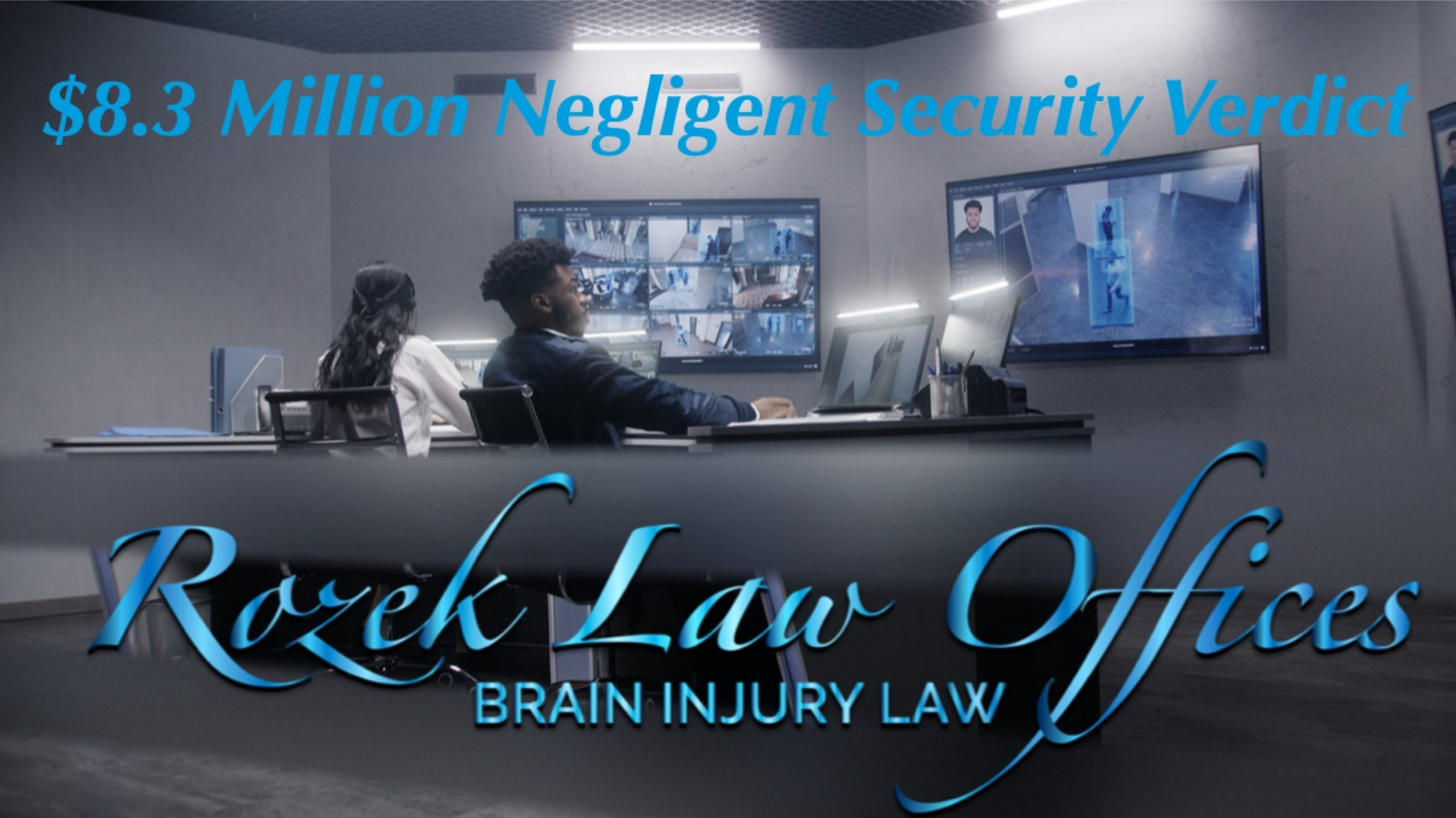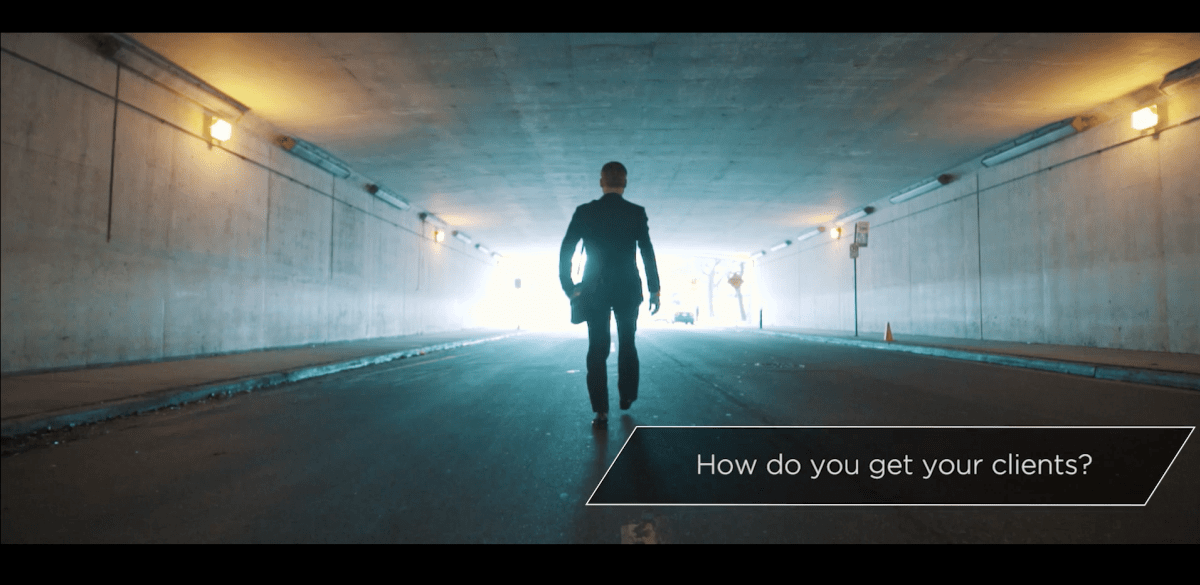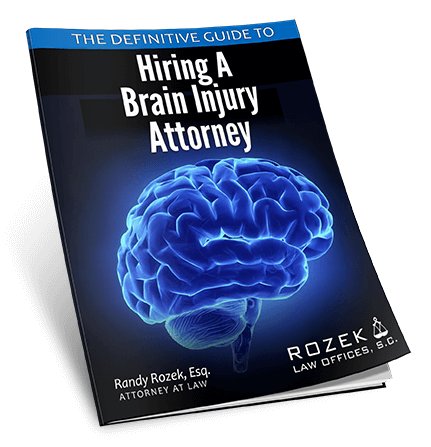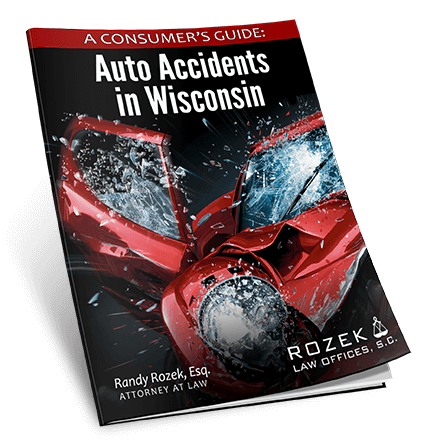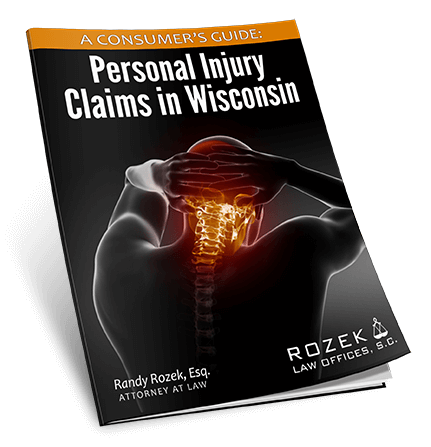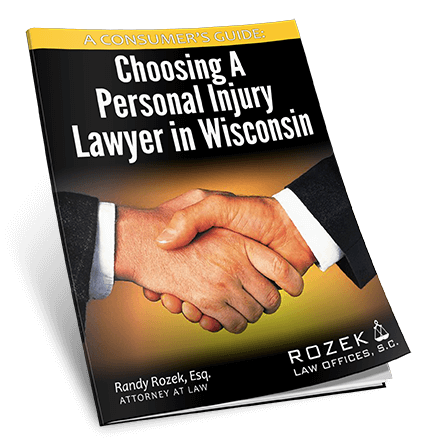Study reveals post-traumatic epilepsy risk factor for children with TBI
While it’s already a known risk for adults who have suffered a mild traumatic brain injury (MTBI), a new study has revealed that post-traumatic epilepsy is also a risk for children and teens who have suffered a TBI. A longitudinal study on the topic was published online May 5 in the Journal of Neurosurgery: Pediatrics. […]
While it’s already a known risk for adults who have suffered a mild traumatic brain injury (MTBI), a new study has revealed that post-traumatic epilepsy is also a risk for children and teens who have suffered a TBI.
A longitudinal study on the topic was published online May 5 in the Journal of Neurosurgery: Pediatrics.
Brain damage or brain injury occurs when the brain cells known as neurons are destroyed. This can be caused by internal or external mechanisms. When the damage is related to an external physical trauma, the term traumatic brain injury (TBI) is used.
Motor vehicle accidents, firearms, falls, sports, and physical violence are the leading causes of TBI with significant disability and mortality rates.
Excessive accumulation of fluid in the brain, poor coordination, behavioral changes, and seizures are examples of neurological complications associated with TBI. Generally, seizures after TBI can appear early (within one week of the injury) or later.
Early seizures should be treated promptly, because they can produce further damage to the already-injured brain. Later seizures, those that begin at least one week after the injury, tend to become recurrent and therefore qualify as epilepsy, according to epilepsy.com.
“Mony Benifla, MD, and colleagues at Hadassah Medical Center in Jerusalem, Israel, prospectively followed up with 191 children who had been admitted to the hospital aged infant to 17 years with a diagnosis of MTBI between 2007 and 2009,” an article in Health Imaging reads.
The team reportedly called the patients or their caregivers by phone between 2015 and 2016 and discussed epileptic episodes, neurological issues , and seizures. The mean follow-up was 7.4 years.
“All patients underwent CT imaging. Some 72.8 percent had fractures, mostly from falls, while 10.5 percent did not have acute findings,” the article reads.
Of the 191 children surveyed, seven of them (about 4 percent) experienced a post-traumatic seizure and six of those (about 86 percent) who experienced a post-traumatic seizure went on to develop epilepsy while three of them (about 43 percent) developed intractable epilepsy.
“Interestingly, none whose posttraumatic seizure occurred immediately upon injury developed any epilepsy at all,” according to Health Imaging.
The children who developed epilepsy spent an average of two extra days in the hospital at the time of their injury, the author’s report, while the mean time between trauma and the onset of seizures was about 3.1 years.
“Upon completion of data analysis and long-term follow-up, the authors found that MTBI had conferred increased risk for the development of posttraumatic epilepsy and intractable posttraumatic epilepsy at 4.5 and 8 times higher than baseline, respectively,” the article reads.
In conclusion, the authors say the findings confirm that just like adults who have suffered an MTBI, children and teenagers with MTBI also have an increased risk for post-traumatic epilepsy.

